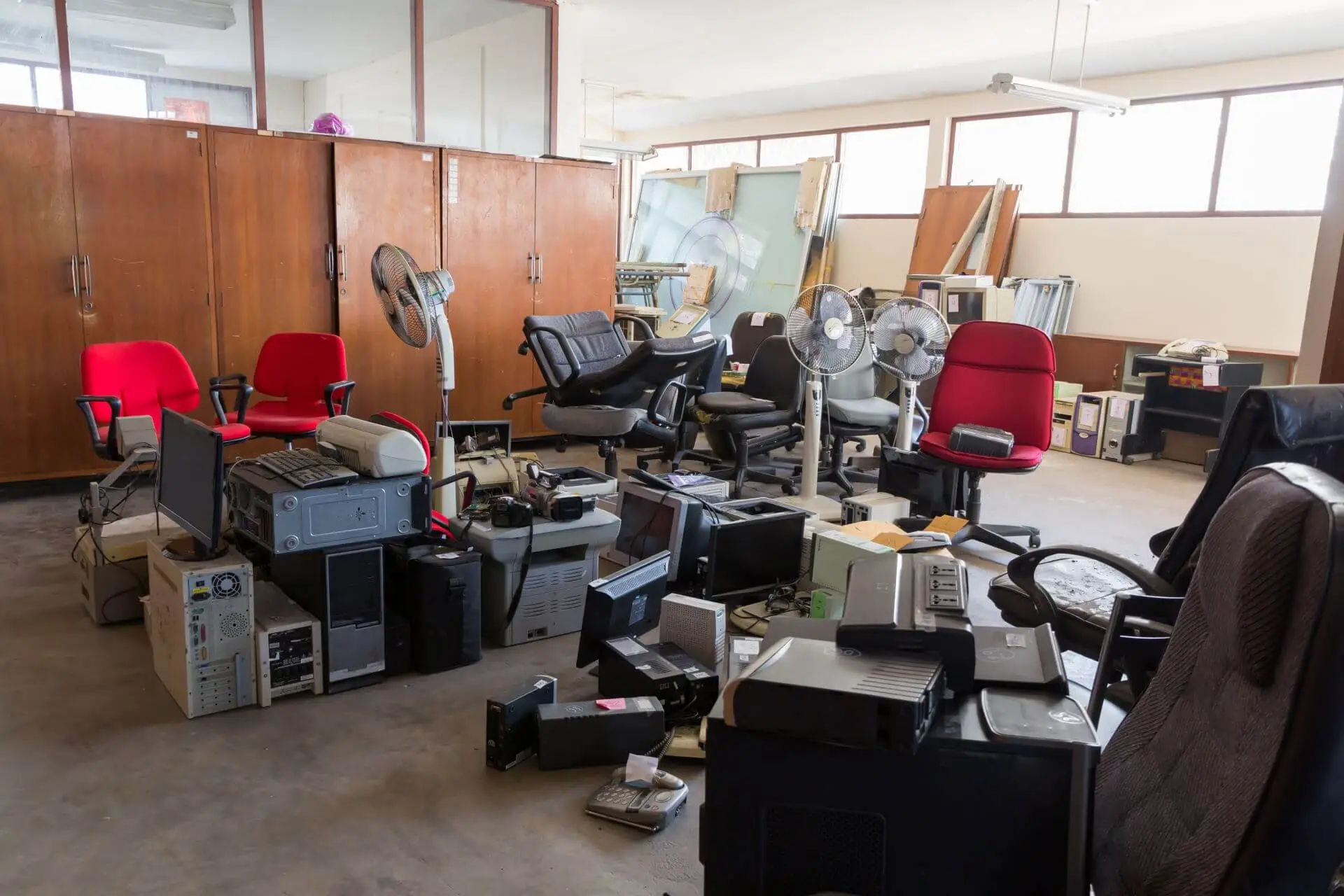The market value, business value, operability, condition, and consumer appeal of business assets often decrease as they age. Even those assets that appreciate in value, like real estate, require ongoing expenses that increase in cost due to natural wear and tear or market forces. Is depreciation tax deductible? Yes, it is. Here’s why.
Like other operating expenses that reduce your gross income, the Internal Revenue Service (IRS) does not expect you to pay taxes on the money you put back into your business. Instead, the IRS offers depreciation to encourage businesses to invest in costly equipment. It’s fundamentally pro-business.
Depreciations offer a significant reduction to your tax liability, and that opens up another question: Which assets can or cannot be depreciated? Before we cover depreciable assets, we need to get a solid definition of depreciation and know how it works.
What is a depreciable asset, and how does depreciation work?
Depreciation is a class of tax deductions that covers the total cost of a depreciable asset throughout its useful life. A depreciable asset is defined as a property that has value, generates cash flow, has a market value, or is used to satisfy a debt. And the useful life of an asset is determined by the tax code and enforced by the IRS.
When a business claims depreciation for a given asset, the business receives a tax deduction for every year of the asset’s useful life. This deduction compensates the business for costs associated with the gradual depreciation of the value or usefulness of the asset.
Is depreciation an asset or liability?
Depreciation is neither an asset nor is it a liability. It is simply a business expense. However, the business item subject to depreciation is most likely an asset. Liabilities, by contrast, are business costs like debt, payroll, inventory, services, and taxes.
Methods of Calculating Depreciation: Pros & Cons
For most depreciable assets, the IRS requires businesses to use the Modified Accelerated Cost Recovery System (MACRS) Method (for specific formulas, see Publication 946, Appendix A).
- The MACRS Method is preferred by the IRS for the majority of depreciable assets. It provides more significant tax deductions at the beginning of the asset’s useful life and differs strongly from the straight-line accounting method.
- The Double Declining Balance Method is the best accounting method for businesses that want the majority of tax deductions from a depreciable asset earlier rather than later. In terms of an asset’s useful life, this method skews deductions even earlier than MACRS.
- The Sum-of-the-Years-Digits Depreciation Method involves accounting processes and outcomes similar to the double-declining balance depreciation method.
- The Units of Production Method is another accounting process that aligns the deduction value with an asset’s workload. If a business’s depreciable assets suffer continuous wear and tear, that business would be wise to consult with a CPA to see if the UOP method is appropriate.
Common Assets for Depreciation
Which assets can and cannot be depreciated? To answer those two questions, let’s take a look at the useful life of the most common depreciable assets.
I’ll group assets into two broad categories: fixed and intangible assets. Then I’ll get to the specifics.
Fixed Assets
Land and Real Estate
Unlike real property, e.g., buildings, land cannot be depreciated. But real estate can. Here’s a breakdown:
- Rental properties where at least 80% of the income is from residential rentals, e.g., mixed-use buildings or owner-occupied duplexes, triplexes, or quadplexes, depreciate over 27.5 years.
- Commercial properties such as office spaces, retail spaces, or warehouses depreciate over 39 years.
- Land improvement projects such as landscaping, roads, and bridges depreciate over 15 years, and farm buildings depreciate over 20 years.
Office Furniture and Furnishings
Furniture and select furnishings on a business’ premises qualify as depreciable assets.
- Furniture and furnishings depreciate over seven years.
Furnish responsibly. Interior design trends come and go, so don’t lean too hard into niche styles.
Equipment: Office Equipment, Light Vehicles, Heavy Vehicles, and Machinery
All fixed assets in this group are depreciable, but their useful life varies. Let’s break it down:
- Computers, Electronics, Research Equipment, & Appliances: five years
- Light Vehicles & Tools: five years
- Heavy Vehicles & Equipment: three to seven years, depending
- Machinery for fabrication, manufacturing, and other purposes that require heavy use: seven years
- Other equipment: typically depreciates over seven years
Intangible Assets
The majority of intangible assets are not depreciable. Intellectual property is the exception. The cost of patents, registered designs, and copyrights depreciates over 15 years.
Will I have to pay back deductions from depreciation?
In some cases, yes. It’s called depreciation recapture.
For example, if a business sells a depreciated asset for a profit, the business will have to reimburse the IRS for tax deductions it received from the depreciated asset.
Depreciation recapture is reasonable. The IRS intends to save businesses from shouldering the cost of assets that require restoration or replacement due to wear and tear, decreased industry-standard functionality, or decrease in market value. The goal is to help a business grow, not put cash in its pocket.
Further, depreciation recapture applies to certain assets only, most notably real estate (where much of the business profit—actualized or potential—is derived from increasing market value or resale).
How to avoid depreciation recapture for real estate
A CPA can guide you, as an individual or business owner, through a 1031 exchange. A 1031 exchange allows your business to sell real estate while avoiding depreciation recapture and capital gains taxes.
Here’s how it works: you sell a property for a profit, but rather than pocketing your earnings, you reinvest them into another property (or similar asset). 1031’s drive around 10-20% of commercial real estate transactions.
Can I calculate depreciation myself?
No, I do not recommend it. Depreciation is just too complex, even for some accountants.
I wrote this article to help business owners like you gain awareness of depreciation and know your options. So if you are not taking advantage of depreciation, you know something’s up with your current accountant, bookkeeper, or CPA firm.
Now you know the basic facts and can ask the right questions to determine whether you’re paying for tax planning or simple tax preparation. Or, you may have realized that your business needs to partner with a proactive CPA firm.
Feel free to connect with me and my team over a discovery call. You can call (682) 224-3243 or schedule online to learn more.
Finally, I’d like to commend everyone who read this article to the end. We’ve talked a lot about assets, and knowledge may be the greatest asset of all (even though it’s not tax deductible).
Talk soon,
Jeremy A. Johnson, CPA


